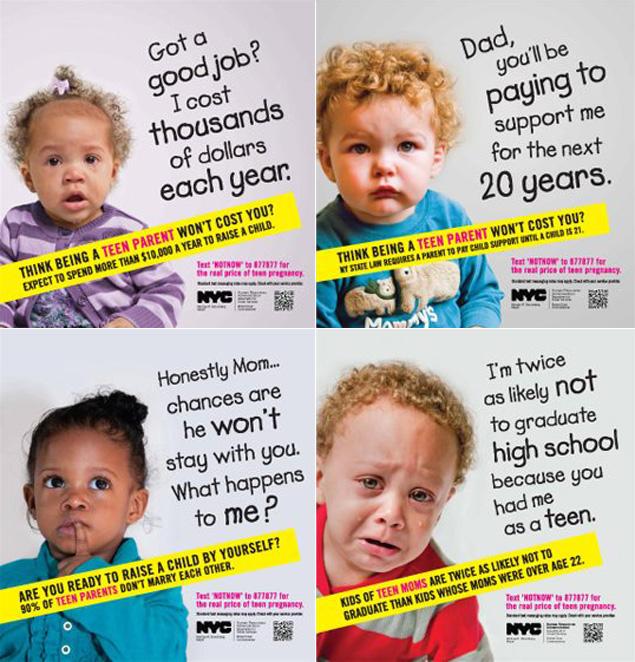 If you haven’t watched Robin Thicke’s disaster of a music video for Blurred Lines, you absolutely must. But first, feast your eyes on this quote by Virginia Woolf:
If you haven’t watched Robin Thicke’s disaster of a music video for Blurred Lines, you absolutely must. But first, feast your eyes on this quote by Virginia Woolf:
Women have served all these centuries as looking glasses… reflecting the figure of man at twice its natural size.
It’s women’s work to prop up male egos the idea of male superiority. To me, that’s exactly what’s going on in this video. It’s actually quite funny when you look at it that way; it makes the men look so desperate.
Anyhow, I’m glad smart, feminist, fearless women and men are fighting back:
An exercise in gender bending helps expose the ridiculousness as well. Why does it seem silly when men do it, but not when women do? Because it’s women’s job to be fans of men.
Also, because I can’t help but add a little more snark, how does someone with ZERO charisma end up a pop star? There’s got to be a story here about money and connections.
Thanks to Marie N., Bronwyn L., and Natalie S. for sending in the videos!
Lisa Wade, PhD is an Associate Professor at Tulane University. She is the author of American Hookup, a book about college sexual culture; a textbook about gender; and a forthcoming introductory text: Terrible Magnificent Sociology. You can follow her on Twitter and Instagram.










